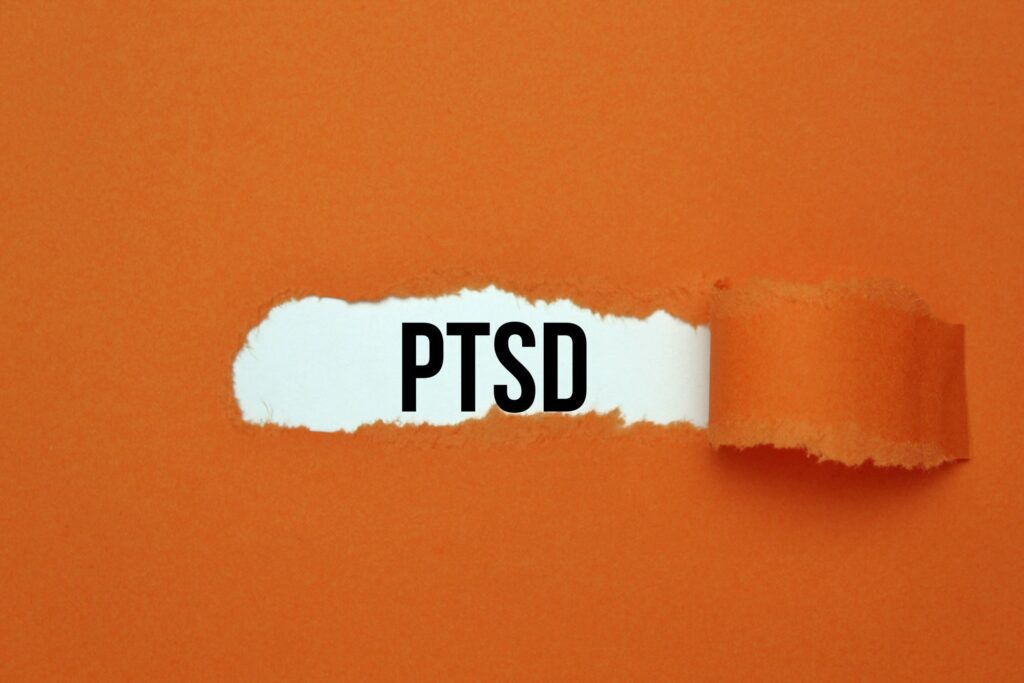Unlocking the Vault: How EMDR Helps Heal the Wounds of PTSD
Are you trapped in a vault of past traumas, haunted by flashbacks and nightmares? Does instant fear hold you hostage? There’s a key that can unlock this vault and offer freedom: Eye Movement Desensitization and Reprocessing (EMDR).
What is EMDR?
EMDR is a unique therapy that combines elements of talk therapy with bilateral stimulation (BLS). This stimulation can involve eye movements, hand tapping, or auditory tones. While focusing on a specific aspect of a traumatic memory, the BLS helps your brain reprocess and integrate the memory in a healthier way.
How does EMDR work?
Imagine your brain’s natural healing process like a filing system. After a trauma, some memories get stuck and remain unprocessed, causing distress. EMDR acts like a defragmenter, gently nudging these stuck memories to be processed and filed alongside positive experiences. This reduces their emotional charge and allows you to view them with a calmer perspective.
But isn’t it just eye movements?
The eye movements or other forms of BLS are just one piece of the puzzle. During EMDR therapy, you also:
- Build resources: Identify skills and strengths to cope with difficult emotions that arise during processing
- Target specific memories: You won’t relive the entire trauma. Instead, you work with specific aspects that are currently causing distress.
- Process in small chunks: You won’t dive headfirst into the deepest, darkest parts of your past. Instead, you gradually approach the memory, layer by layer, with breaks and support at every step.
Is EMDR effective?
Research shows that EMDR is a highly effective treatment for PTSD, with many people experiencing significant reductions in symptoms. It’s recognized by leading mental health organizations as an evidence-based treatment for PTSD and other trauma-related disorders.
Is it right for me?
EMDR can be beneficial for anyone struggling with PTSD or the impacts of traumatic experiences. However, it’s important to find a qualified and experienced EMDR therapist to ensure a safe and effective treatment process.
Remember:
Healing from trauma takes time and courage. EMDR is a powerful tool, but it’s not a magic cure.
If you’re considering EMDR, talk to a mental health professional to see if it’s the right fit for you.
Together, we can break free from the vaults of trauma and build a brighter future.

